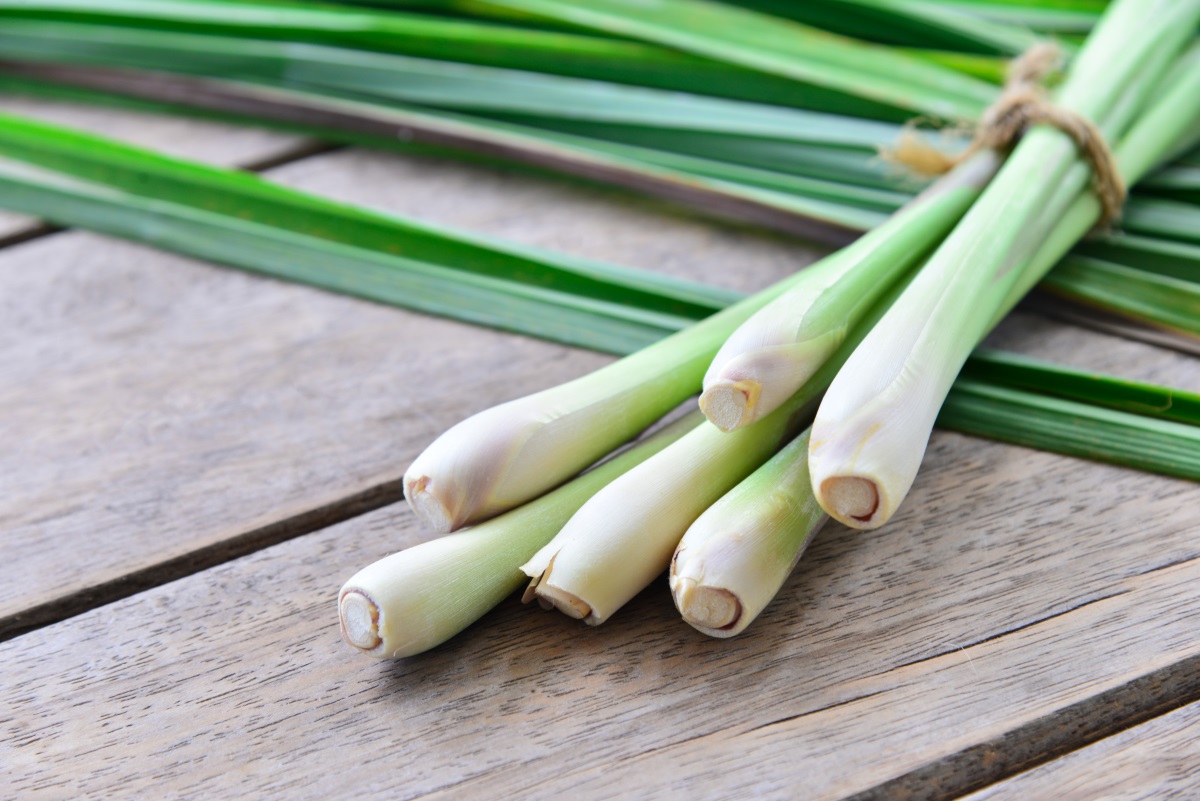

Articles
How To Store Fresh Lemongrass
Modified: December 7, 2023
Learn how to store fresh lemongrass effectively with our insightful articles, ensuring its long-lasting freshness and vibrant flavor.
(Many of the links in this article redirect to a specific reviewed product. Your purchase of these products through affiliate links helps to generate commission for Storables.com, at no extra cost. Learn more)
Introduction
Lemongrass is a versatile and aromatic herb that adds a delightful citrusy flavor to many dishes. Whether you grow your own or purchase it from a local market, knowing how to properly store fresh lemongrass is essential to maximize its freshness and flavor. By taking the time to store fresh lemongrass correctly, you can enjoy its unique taste and health benefits for a longer period of time.
In this article, we will explore the various methods of storing fresh lemongrass to help you make the most of this incredible herb. We will discuss the benefits of storing fresh lemongrass, the process of choosing and buying the best quality lemongrass, and the different storage techniques such as refrigeration, freezing, and drying. Additionally, we will provide tips on using stored fresh lemongrass in your culinary creations.
So, if you’re ready to learn how to keep your lemongrass fresh and flavorful, let’s dive into the world of storing fresh lemongrass!
Key Takeaways:
- Store fresh lemongrass to prolong its freshness, preserve its aromatic citrus flavor, and enjoy the convenience of having it readily available for a wide range of culinary creations.
- Choose, prepare, and store fresh lemongrass using refrigeration, freezing, or drying methods to ensure its long-lasting flavor and health benefits in your dishes.
Read more: How To Use Fresh Lemongrass
Benefits of Storing Fresh Lemongrass
Storing fresh lemongrass properly offers several benefits that can enhance your culinary experience. Here are some of the key advantages:
- Prolongs Freshness: Lemongrass has a limited shelf life, and storing it correctly helps extend its freshness. By doing so, you can use it in your cooking for a longer period without worrying about it losing its flavor or becoming spoiled.
- Preserves Aromatics: Lemongrass has a distinct citrusy aroma that is highly desirable in many recipes. Proper storage helps retain its aromatic oils, ensuring that your dishes are infused with the delightful scent and flavor of lemongrass.
- Convenience: Storing fresh lemongrass means you always have it on hand whenever you need it. This eliminates the need for last-minute trips to the grocery store and allows you to add a burst of freshness to your cooking at any time.
- Cost-Effective: Buying lemongrass in larger quantities and storing it properly can be more cost-effective than purchasing small amounts regularly. It allows you to take advantage of bulk discounts and ensures that you have a steady supply of fresh lemongrass whenever you desire.
- Health Benefits: Lemongrass has various health benefits, including its ability to aid in digestion, reduce inflammation, and boost the immune system. Storing fresh lemongrass enables you to incorporate it into your daily routine for its potential health-promoting properties.
These are just a few of the benefits that come with storing fresh lemongrass correctly. Now, let’s dive into the specifics of choosing and buying the best quality lemongrass to ensure optimal storage conditions.
Choosing and Buying Fresh Lemongrass
When it comes to storing fresh lemongrass, selecting the best quality lemongrass is crucial. Here are some tips to consider when choosing and buying lemongrass:
- Appearance: Look for lemongrass stalks that are firm and tightly packed. The outer layers should be pale yellow with a slight green hue. Avoid lemongrass that appears wilted or has brown spots or discoloration.
- Fragrance: Take a whiff of the lemongrass. It should give off a strong, citrusy aroma. The stronger the scent, the fresher the lemongrass.
- Size: Choose lemongrass stalks that are thick and long. Thicker stalks tend to have more flavor and are easier to work with when it comes to preparation.
- Weight: Opt for lemongrass stalks that feel heavy for their size. This indicates that they are fresh and still contain a good amount of moisture.
- Organic or Pesticide-Free: If possible, choose organic lemongrass or seek out suppliers that grow the herb without the use of harmful pesticides. This ensures that you are consuming a safer and healthier product.
When it comes to buying fresh lemongrass, you have a few options. Local grocery stores, farmers’ markets, and Asian specialty stores often carry lemongrass. You can also consider growing your own lemongrass if you have the space and resources.
Now that you know how to choose and buy the best quality lemongrass, it’s time to learn how to prepare it for storage.
Preparing Fresh Lemongrass for Storage
Before storing fresh lemongrass, it’s important to properly prepare it to maintain its quality and flavor. Follow these steps to prepare fresh lemongrass for storage:
- Cleaning: Start by rinsing the lemongrass stalks under cool running water to remove any dirt or debris. Gently rub the stalks with your hands to ensure a thorough cleaning.
- Trimming: Trim off the root end of the lemongrass stalks, as it is woody and not suitable for consumption. Cut about 1-2 inches from the base of each stalk and discard the trimmed ends.
- Removing Outer Layers: Lemongrass stalks have tough outer layers that are not typically used in cooking. To access the tender, fragrant part of the stalk, gently peel away the tough outer layers until you reach the softer, pale yellow inner layers. Remove as many layers as necessary, usually around 1-2 layers.
- Slicing or Chopping: Depending on your preference and how you plan to use the lemongrass, you can either thinly slice or chop it into smaller pieces. Slicing creates long, thin strips of lemongrass, while chopping produces smaller, bite-sized pieces. Choose the method that best suits your cooking needs.
Once you have prepared the lemongrass, it is ready to be stored. The next sections will guide you through different storage methods for fresh lemongrass, including refrigeration, freezing, and drying.
Storing Fresh Lemongrass in the Refrigerator
Refrigerating fresh lemongrass is a common method for extending its shelf life while preserving its freshness. Follow these steps to store fresh lemongrass in the refrigerator:
- Prepare and package: After cleaning and trimming the lemongrass stalks, place them in an airtight container or a plastic bag. Make sure to remove as much air as possible before sealing the container or bag.
- Refrigerator placement: Store the prepared lemongrass in the vegetable crisper drawer of your refrigerator. The cool temperature and controlled humidity in this drawer help maintain the freshness of the lemongrass.
- Optimal storage duration: Stored properly, fresh lemongrass can last for up to two weeks in the refrigerator. However, it is recommended to use it as soon as possible for the best flavor and aroma.
- Check for freshness: Before using refrigerated lemongrass, inspect it for any signs of spoilage. If you notice any discoloration, sliminess, or a sour smell, discard the lemongrass as it may have gone bad.
It’s important to note that while refrigeration can help prolong the freshness of lemongrass, it may affect its texture slightly. The lemongrass may become slightly dry or wilted, but this can easily be revived by soaking the stalks in cold water for a few minutes before use.
Next, let’s explore freezing as an alternative method for storing fresh lemongrass.
Store fresh lemongrass by wrapping it in a damp paper towel and placing it in a plastic bag in the refrigerator. It will stay fresh for up to two weeks.
Freezing Fresh Lemongrass
Freezing is an excellent way to store fresh lemongrass for an extended period without compromising its flavor and aroma. Here’s how you can freeze fresh lemongrass:
- Preparing the lemongrass: Clean, trim, and remove the tough outer layers of the lemongrass stalks, following the steps mentioned earlier. Slice or chop the lemongrass into smaller pieces, depending on your preference.
- Flash freezing: Place the prepared lemongrass pieces on a baking sheet lined with parchment paper or a silicone mat. Make sure the pieces are spread out and not touching each other. Put the baking sheet in the freezer and let the lemongrass freeze for about 1-2 hours or until they are solid.
- Storage container: Once the lemongrass pieces are frozen, transfer them into an airtight container or freezer bags. Squeeze out any excess air before sealing to prevent freezer burn.
- Labeling and dating: Don’t forget to label the container or bag with the date of freezing. This will help you keep track of their storage duration.
- Freezer storage: Place the labeled container or bags of lemongrass in the freezer. They can be stored for up to six months without significant loss of flavor and aroma.
When it comes time to use the frozen lemongrass, there’s no need to thaw it beforehand. Simply remove the desired amount from the freezer and add it directly to your recipes. Freezing lemongrass may slightly alter its texture, making it softer, but the flavors will remain intact. This method is perfect for long-term storage and helps ensure you always have lemongrass on hand.
Now, let’s explore another storage option: drying fresh lemongrass.
Drying Fresh Lemongrass
If you want to have a long-lasting supply of lemongrass that can be easily stored and used at your convenience, drying fresh lemongrass is an ideal method. Here’s how you can dry fresh lemongrass:
- Prepare the lemongrass: Clean and trim the lemongrass stalks, removing any dirt, and discarding the root end. Remove the tough outer layers until you reach the tender, pale yellow inner layers.
- Slicing: Slice the lemongrass into thin, even pieces. Aim for slices that are around 1/8 to 1/4 inch thick. Uniform slices ensure even drying.
- Drying methods: There are a few different ways to dry lemongrass. Here are two common methods:
- Air drying: Bundle the sliced lemongrass stalks together and hang them upside down in a warm, well-ventilated area. Make sure to place a tray or newspaper beneath to catch any falling leaves or debris. Allow the lemongrass to air dry for about 1-2 weeks or until completely dry and brittle.
- Using an oven: Lay the sliced lemongrass in a single layer on a baking sheet. Set your oven to the lowest possible temperature (usually around 200°F/93°C) and place the baking sheet with lemongrass inside. Keep the oven door slightly ajar to allow moisture to escape. Allow the lemongrass to dry for 1-2 hours or until crisp.
- Storage: Once the lemongrass is thoroughly dried, you can store it in an airtight container or a sealable bag. Keep the container in a cool, dark place away from moisture and direct sunlight to maintain its flavor and potency.
- Duration: Properly dried lemongrass can maintain its flavor for up to one year. However, for the best quality, it is recommended to use it within six months.
Dried lemongrass is a popular ingredient in teas, spice blends, and marinades. To use dried lemongrass, crush or grind the dried stalks before adding them to your recipes. Remember to adjust the quantities accordingly, as dried lemongrass has a more concentrated flavor compared to fresh lemongrass.
Now that you know how to dry fresh lemongrass, you can enjoy the taste and aroma of lemongrass all year round.
With the various storage methods covered, it’s time to explore how to use the stored fresh lemongrass in your culinary creations.
Using Stored Fresh Lemongrass
Now that you have successfully stored fresh lemongrass using one of the methods mentioned above, it’s time to put it to use in your culinary endeavors. Here are some creative ways to incorporate stored fresh lemongrass into your recipes:
- Infuse in Soups and Broths: Lemongrass adds a delightful citrusy flavor to soups and broths. Simply add a few pieces of fresh or dried lemongrass to your soup pot while it simmers to impart its unique aroma and taste.
- Mix in Marinades: Lemongrass works wonders in marinades for poultry, seafood, and tofu. Combine minced lemongrass with other aromatic ingredients like garlic, ginger, and soy sauce for a burst of flavor in your marinade.
- Brew Lemongrass Tea: Dried lemongrass makes a refreshing and soothing herbal tea. Steep a teaspoon of crushed dried lemongrass in hot water for 5-10 minutes, strain, and enjoy a warm cup of lemongrass tea.
- Enhance Stir-Fries and Curries: For an authentic Asian touch, add thinly sliced lemongrass to stir-fries and curries. It adds a zesty and aromatic element that pairs well with other Asian spices and ingredients.
- Flavor Infused Oils and Vinegars: Create your own flavored oils and vinegars by infusing them with lemongrass. Simply place dried lemongrass stalks into a bottle of oil or vinegar and let it steep for a couple of weeks. Strain out the lemongrass before using the flavored oil or vinegar in dressings, marinades, or dipping sauces.
- Bake Citrusy Sweets: Lemongrass can be used in baking to add a unique twist to sweet treats. Infuse a custard or pudding base with lemongrass for a delicate and fragrant dessert or incorporate it into cookies, cakes, or muffins for a delightful citrusy flavor.
- Create Refreshing Beverages: Blend fresh lemongrass with water, ice, lime juice, and a sweetener of your choice for a refreshing homemade lemongrass cooler. You can also add it to your favorite smoothie recipe for an extra zing.
Remember to adjust the amount of lemongrass to suit your taste preferences and the intensity of the stored lemongrass you are using. It’s always best to start with a little and add more as needed.
By utilizing your stored fresh lemongrass in these ways, you can elevate the flavors of your dishes and explore the versatility of this incredible herb.
Before we wrap up, let’s summarize what we’ve covered in this article.
Conclusion
Storing fresh lemongrass properly is essential to maximize its freshness, flavor, and aroma. By following the tips and techniques provided in this article, you can enjoy the benefits of lemongrass for an extended period and incorporate it into a wide range of culinary creations.
We discussed the benefits of storing fresh lemongrass, such as prolonging its freshness, preserving its aromatics, and enjoying the convenience and cost-effectiveness of having it readily available. We explored how to choose and buy high-quality lemongrass and the importance of selecting organic or pesticide-free options when possible.
We also covered the steps to prepare fresh lemongrass for storage, including cleaning, trimming, and removing the tough outer layers. Additionally, we explored different storage methods, such as refrigeration, freezing, and drying, and provided instructions on how to apply each method effectively.
To make the most out of your stored fresh lemongrass, we suggested various ways to use it in your culinary endeavors. From infusing soups and marinades to brewing tea and creating flavorful oils, lemongrass adds a delightful citrusy twist to a wide range of dishes, both savory and sweet.
Remember to adjust the quantity of lemongrass to suit your taste preferences and the intensity of the stored lemongrass. Additionally, always check for freshness before using your stored lemongrass, discarding any spoiled or discolored pieces.
With the knowledge and techniques provided in this article, you can take full advantage of fresh lemongrass and enjoy its vibrant flavor and health benefits for an extended period. So, start experimenting with stored fresh lemongrass in your kitchen and discover the endless culinary possibilities it offers!
Happy cooking!
Frequently Asked Questions about How To Store Fresh Lemongrass
Was this page helpful?
At Storables.com, we guarantee accurate and reliable information. Our content, validated by Expert Board Contributors, is crafted following stringent Editorial Policies. We're committed to providing you with well-researched, expert-backed insights for all your informational needs.
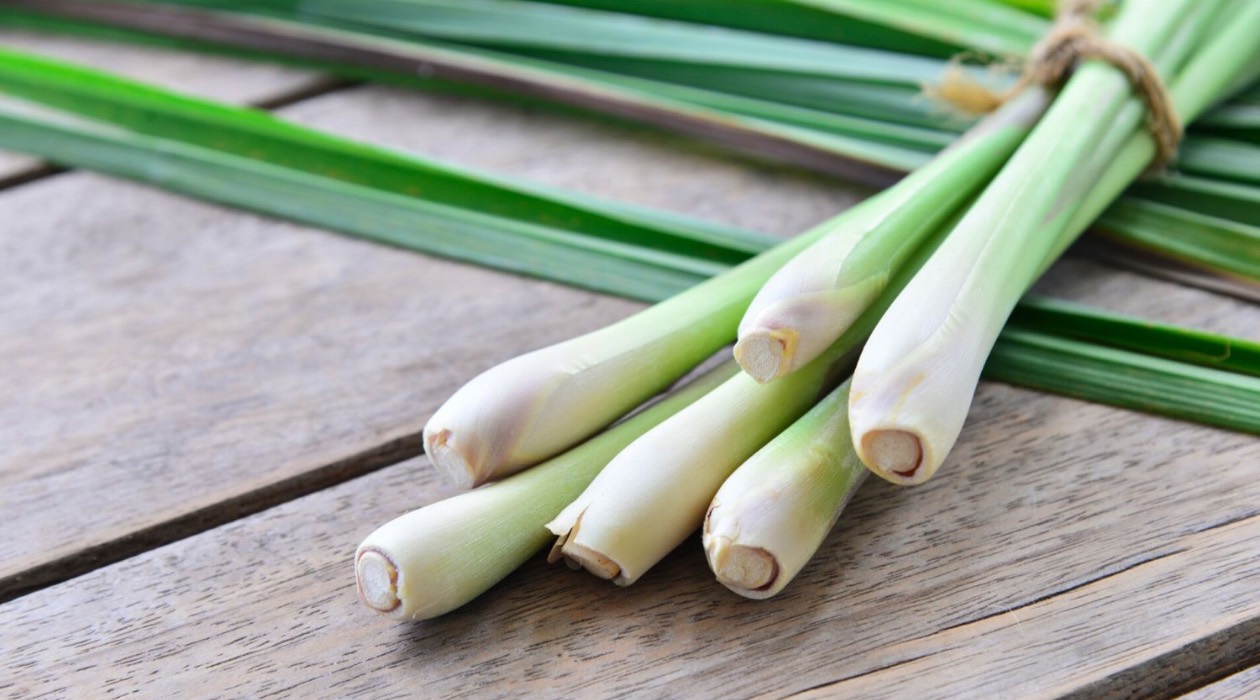
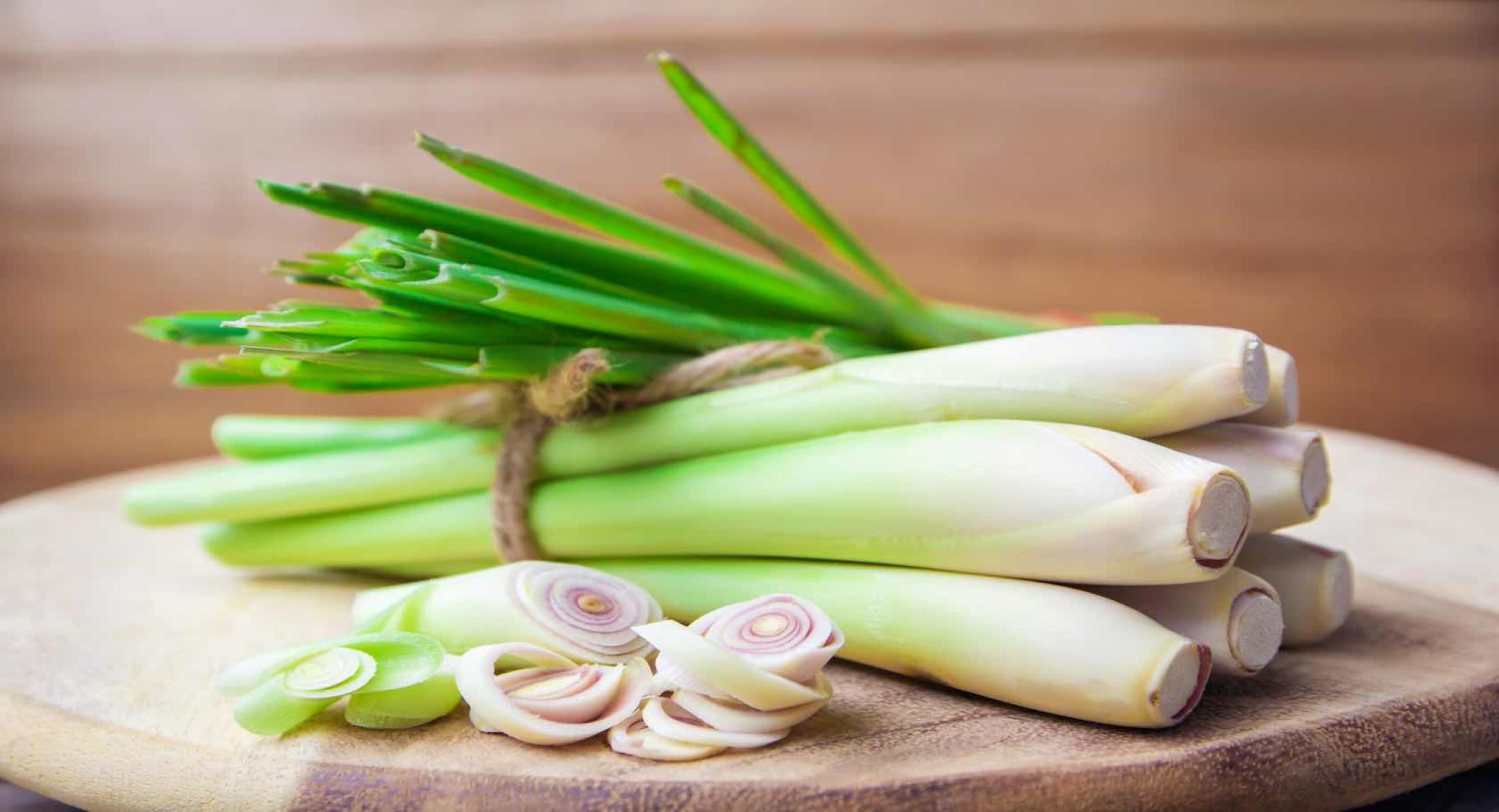


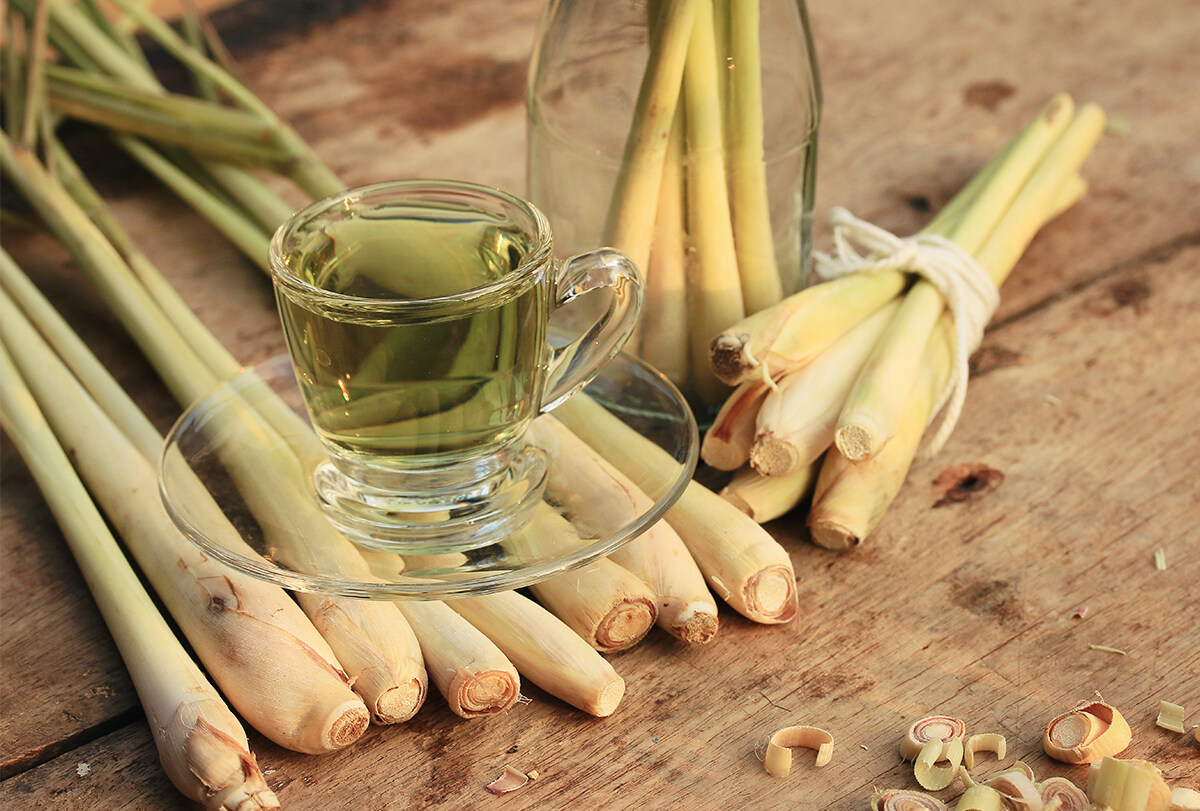
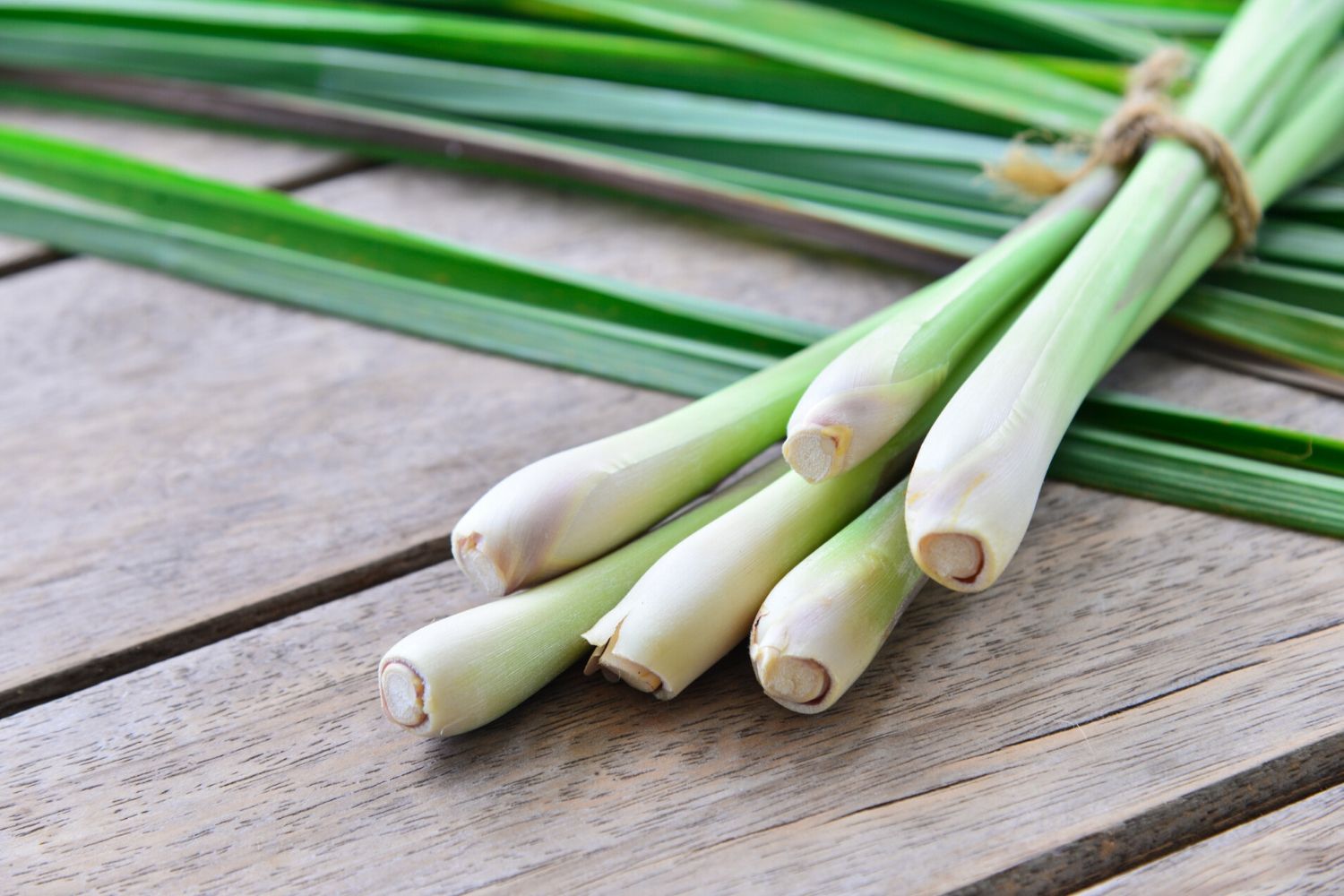
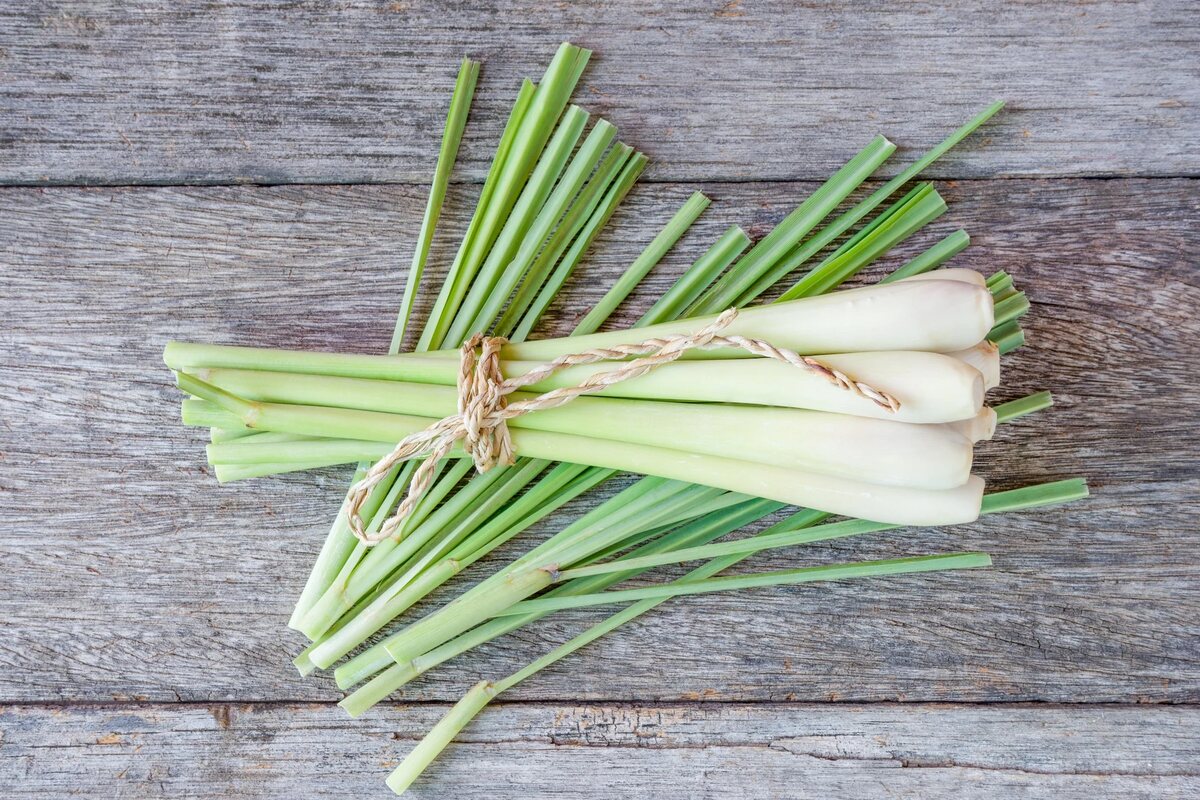
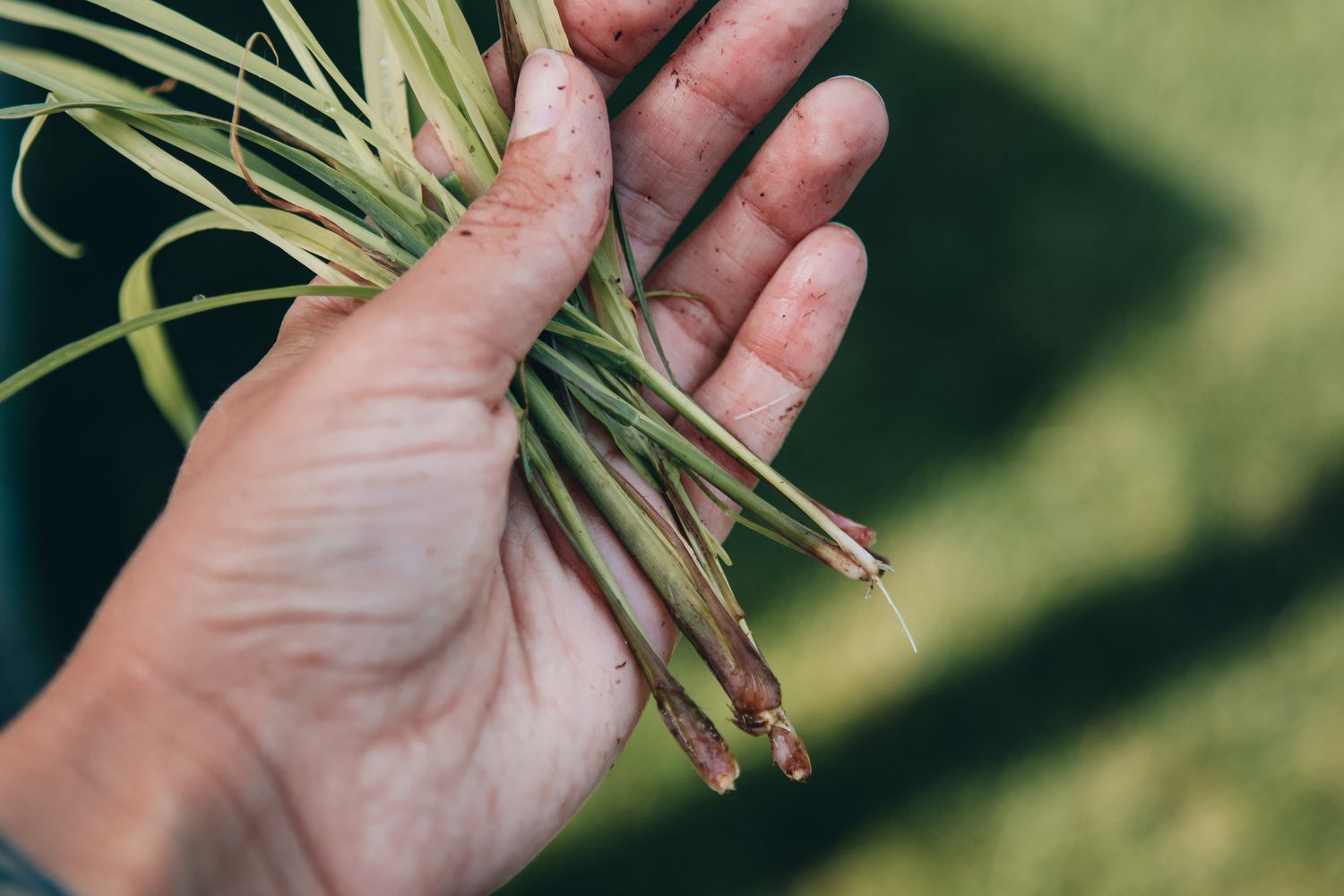

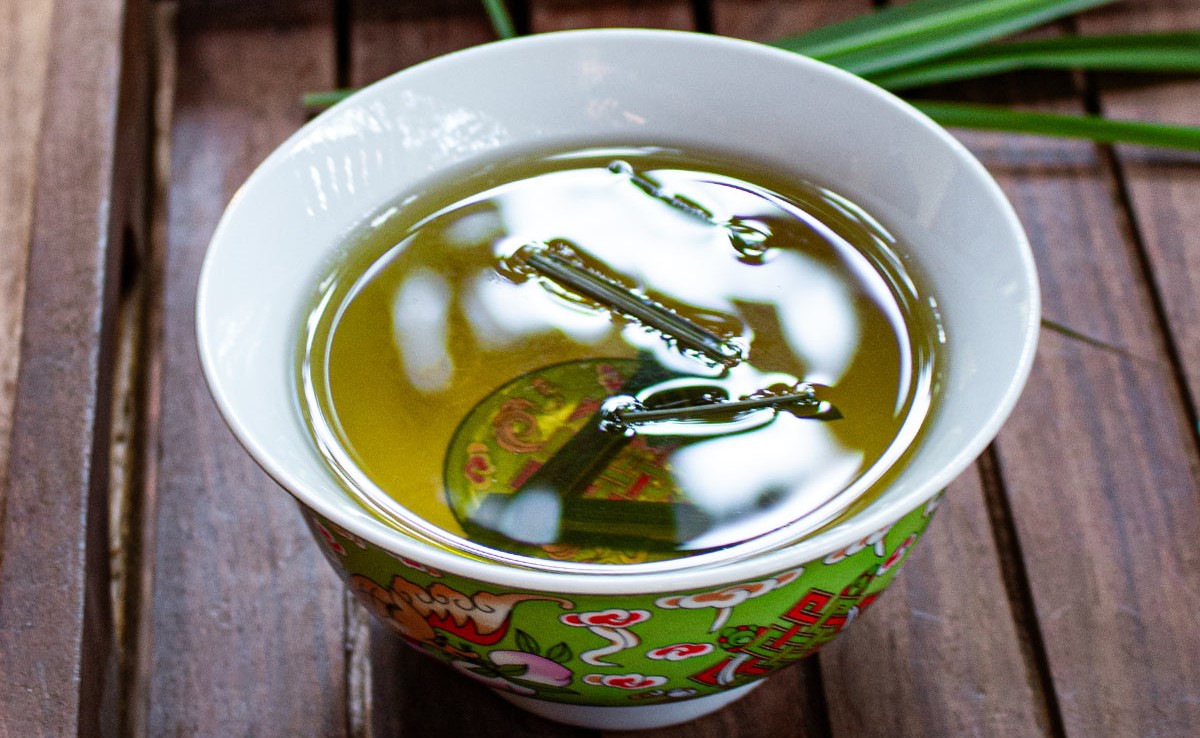
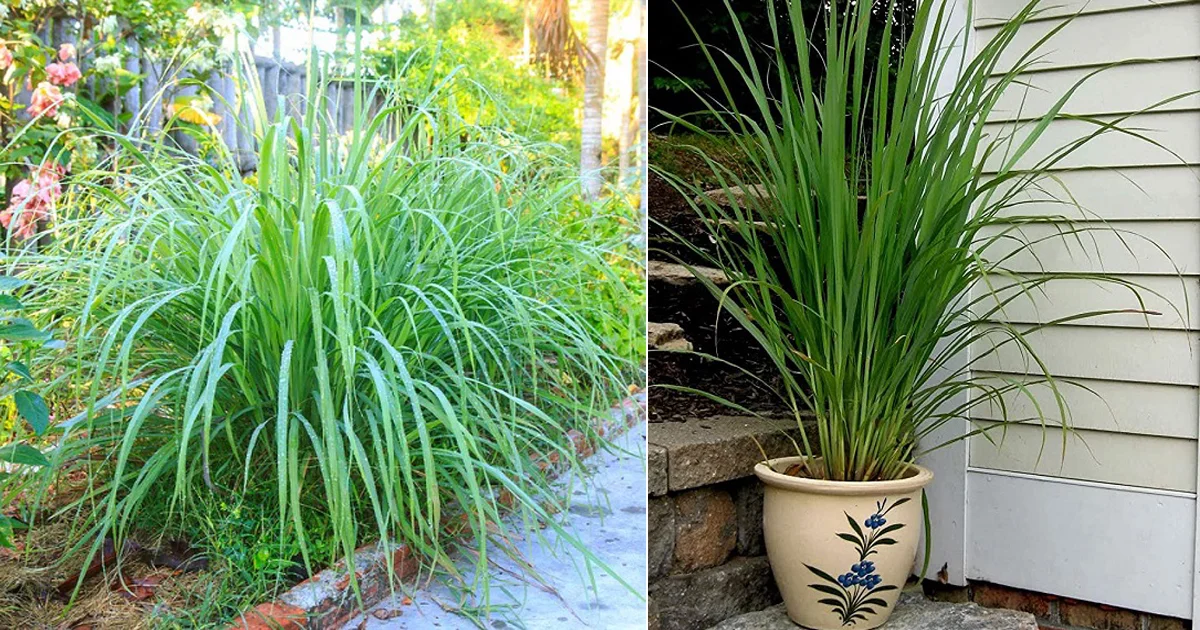
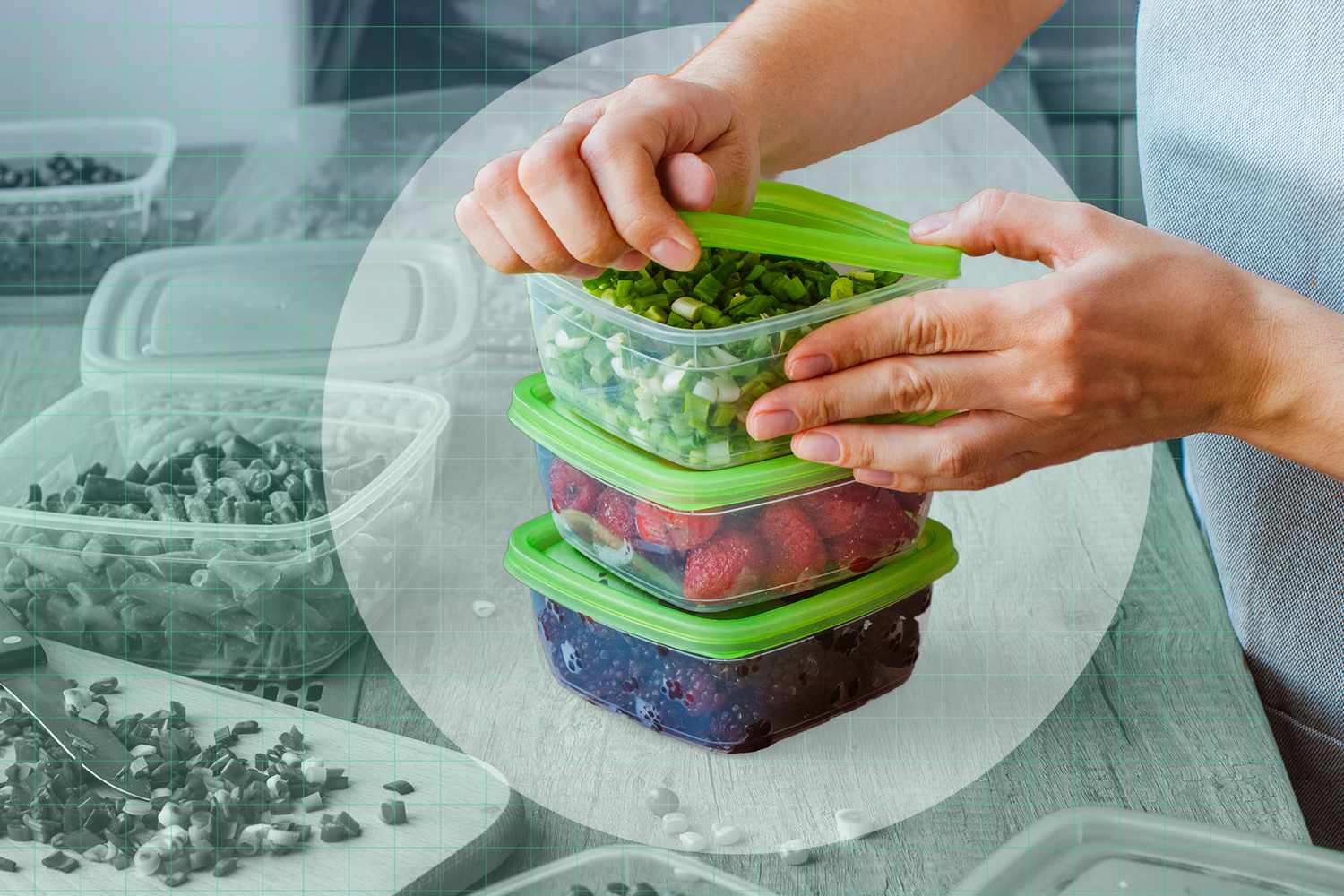
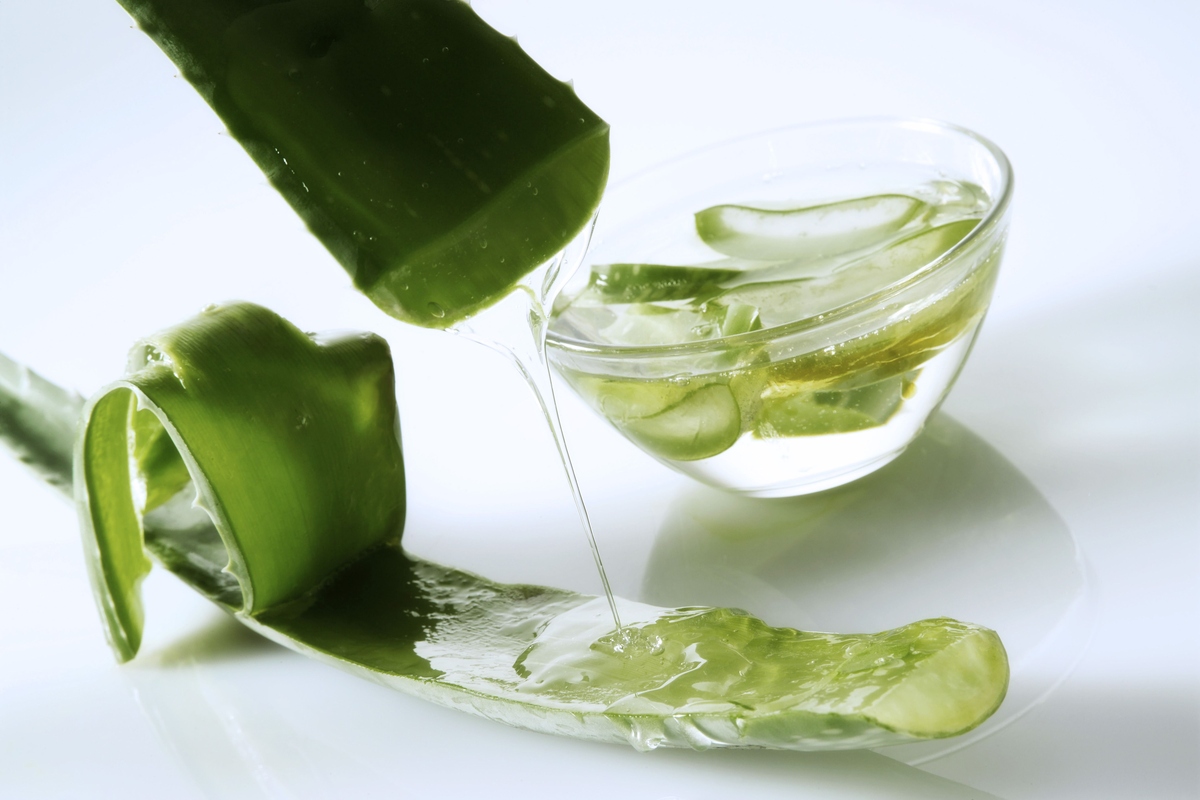


0 thoughts on “How To Store Fresh Lemongrass”